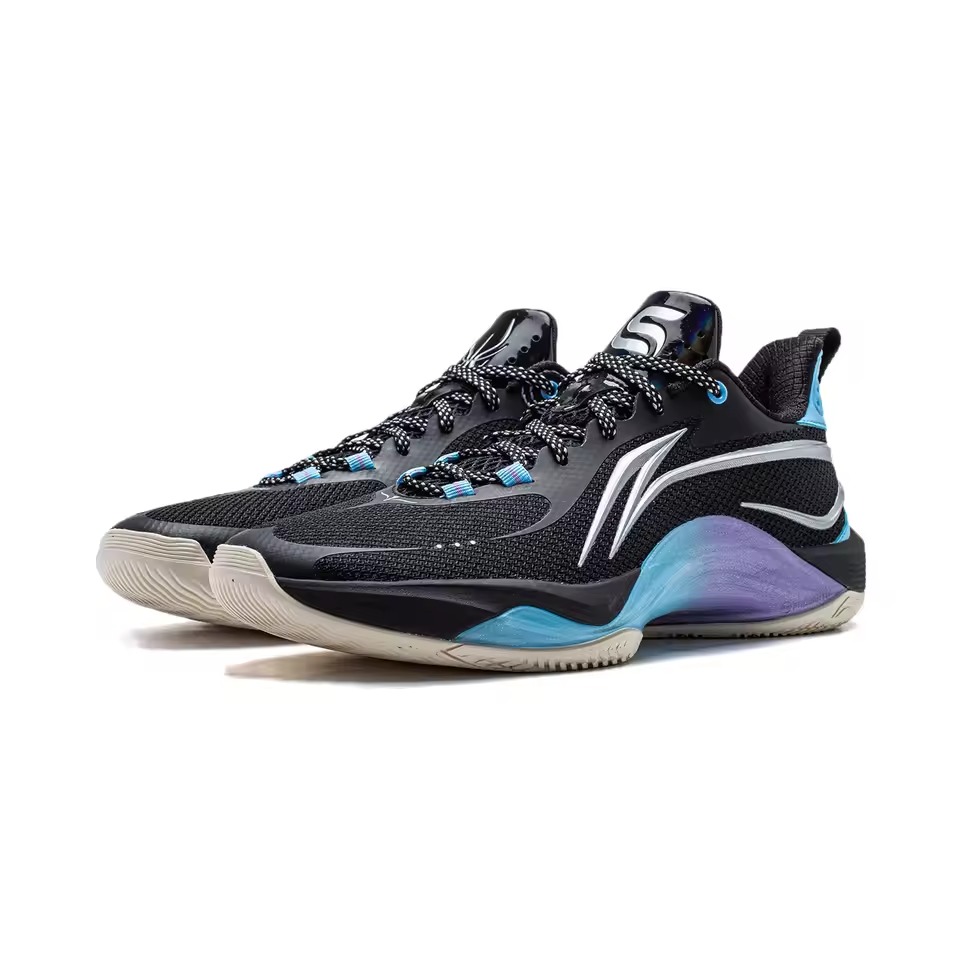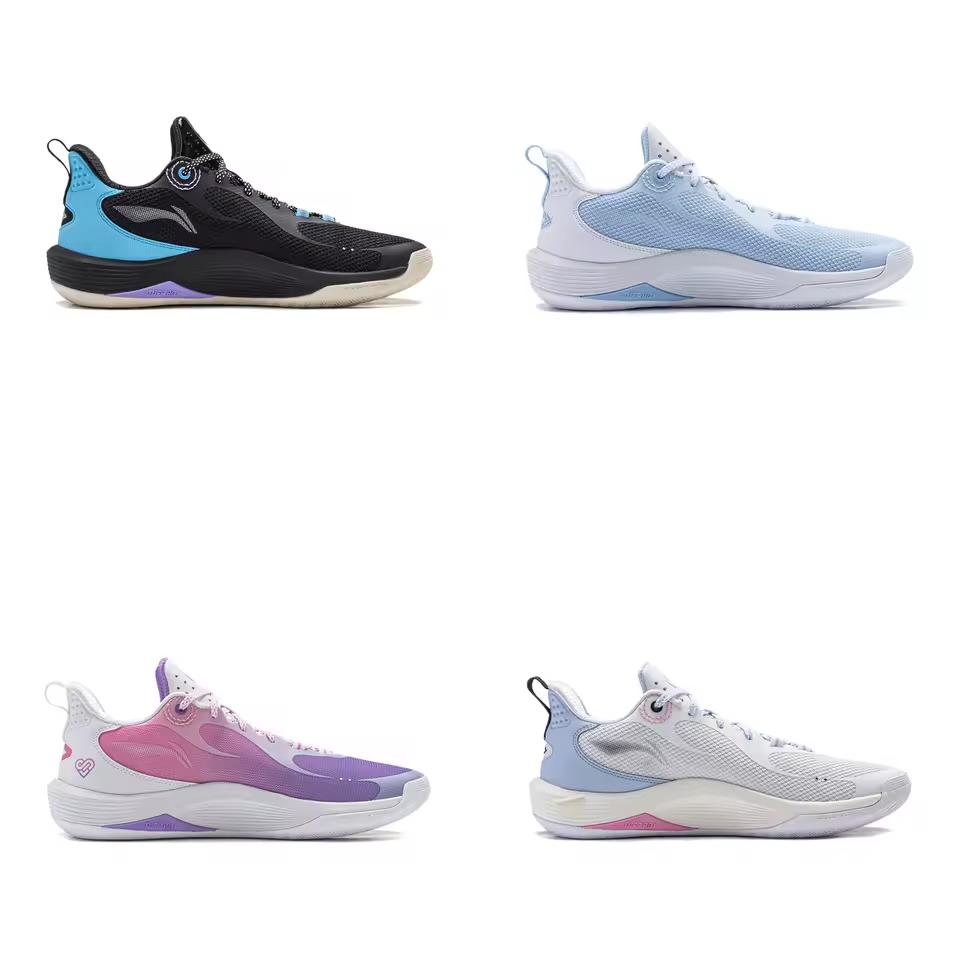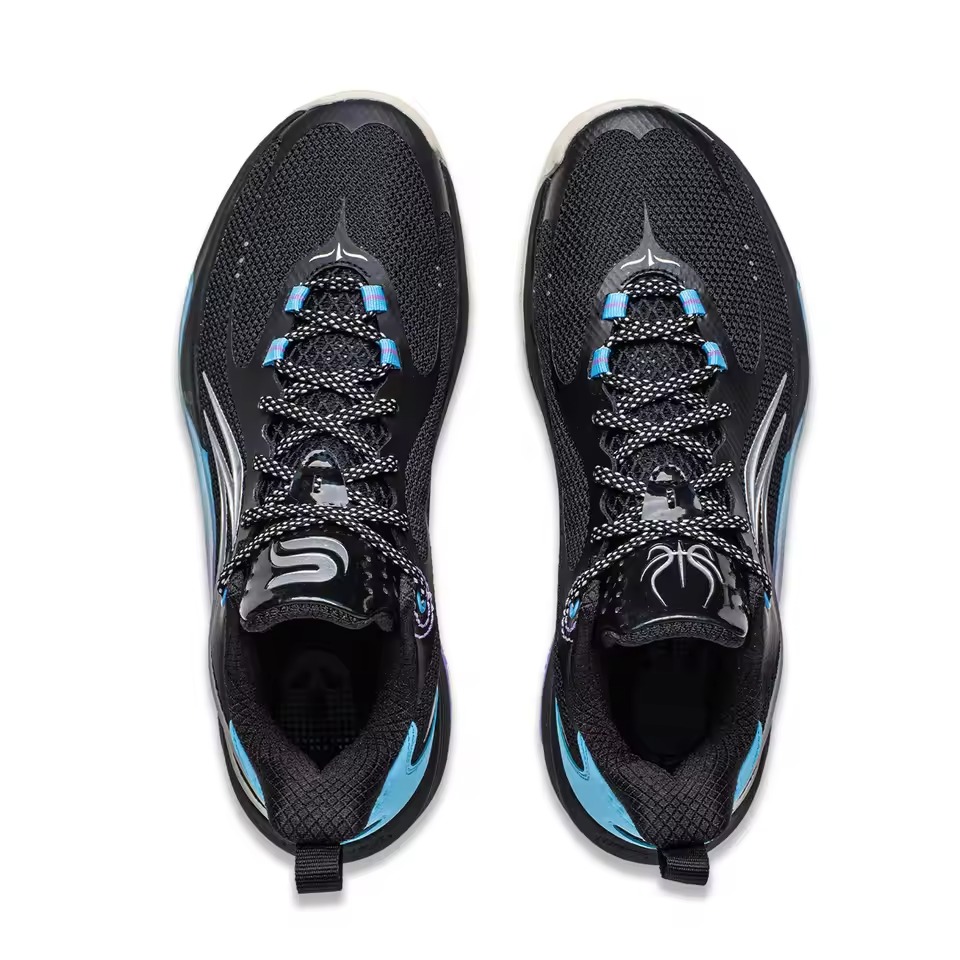The Importance of Proper Shoe Lacing for Basketball Players
Proper lacing of basketball shoes is crucial for players. It ensures a secure fit and supports quick movements on the court. Tight lacing keeps the foot stable during jumps and dashes. This stability can reduce the risk of ankle sprains and other injuries. Good lacing also improves comfort, which can increase a player’s endurance. Moreover, it enhances shoe durability by distributing tension evenly. In essence, mastering lacing techniques is important for safety, comfort, and performance.

Different Lacing Techniques for Basketball Shoes
While the basic crisscross lacing is common, other methods can improve foot support and comfort.
Crisscross Lacing Technique
This is the standard way to lace most shoes, including basketball sneakers. Begin at the toe and work your way up, alternating sides as you lace.
Loop-Lacing Lock
Also known as the ‘runner’s loop,’ this technique creates a tight fit. It prevents the foot from slipping inside the shoe during rapid movements.
Over-Under Lacing
This method reduces pressure points on the top of the foot. Lace over and under alternatively for a comfortable fit that also allows flexibility.
Ladder Lacing
Ideal for added security and lockdown, ladder lacing reinforces the shoe’s structure. It is a bit complex but offers great stability.
Lace Locking
This is useful for players with narrow feet. By locking the laces at certain points, the shoe fits more snugly around a smaller foot.
Each technique serves a specific purpose, from enhancing fit to providing extra foot support. While lacing basketball shoes, it’s important to consider the specifics of your foot shape and size.
Step-by-Step Guide to Lacing Your Basketball Shoes
Lacing basketball shoes correctly is key to your performance. Follow these steps for the best results.
Choose the Right Laces
Start by choosing sturdy, flat laces. They should match shoe length for a proper fit.
Start at the Bottom
Thread laces through the bottom eyelets. Make sure they are even for uniform tension.
Crisscross to the Top
Crisscross the laces up the shoe. Pull each cross tight to secure the fit.
Adjust the Pressure
Tighten or loosen at points that feel too tight or too loose. Aim for even pressure.
Tie a Secure Knot
Once at the top, tie a firm knot. Double knot for extra security during play.
Keep these steps in mind as you lace your shoes for basketball. A proper lacing technique can enhance your comfort and reduce injury risks. Remember to re-lace your shoes regularly to maintain optimal support and performance.

Tips for Ensuring a Snug and Comfortable Fit
Achieving a snug and comfortable fit is vital for basketball players. Below are crucial tips to ensure your basketball shoes fit perfectly every time you step on the court.
- Inspect Laces Regularly. Before lacing your shoes, check for wear and tear. Replace frayed or stretched laces to maintain a secure fit.
- Even Out the Tension. While lacing basketball shoes, keep tension uniform to avoid discomfort. Balance is key for a snug, not-too-tight, not-too-loose fit.
- Mind the Toe Area. Make sure the area around the toes is not too tight. This can cause blisters and restrict movement.
- Utilize All Eyelets. Skipping eyelets can create insecure spots. Use every eyelet for consistent support and control.
- Adjust Lacing for Activity. Your feet might swell during play. Loosen the laces slightly before a game, then tighten them as needed for ideal comfort.
- Test Your Fit. Walk or lightly jog in your shoes. They should hold your feet well without any sliding.
Remember, a comfortable fit enhances your game and lowers the risk of injury. Take time to lace your basketball shoes right, and you’ll surely notice the difference.
How to Lace Basketball Shoes for Optimal Performance
Enhancing your basketball game starts with how you lace your shoes. Optimal performance is about more than just skill; your gear also plays a pivotal role. Below, we will discuss how to lace your basketball shoes for peak effectiveness on the court.
- Tighten from the Bottom Up. Work your way up from the lower eyelets. Make each row of lacing slightly tighter as you proceed to ensure your foot stays locked in place.
- Mind the Midfoot Area. The middle part of your shoe should secure your foot snugly. Adjust the laces to reduce slipping or unnecessary movement.
- Lock the Heel in Place. Use the loop-lacing lock technique at the top two eyelets. This secures your heel and prevents it from moving inside the shoe.
- Consider Lace Thickness. Thicker laces can offer more support. Try different thicknesses to see what feels best and offers optimal control.
- Leave Room to Flex. While your shoe should fit tightly, don’t over-tighten. You need some room for your feet to flex naturally.
- Double-Check Before Playing. Test your laced shoes by walking or briefly jogging. Ensure there’s no pinching or sliding, and adjust if necessary.
Lacing basketball shoes correctly is not just a necessity – it’s an art. Take your time to practice these techniques until you find the perfect tension that balances support and comfort. Remember, the right lacing can significantly enhance your gameplay and reduce the chance of injury. With each game, become more aware of your needs and apply this knowledge to lace up for unbeatable performance.
The Impact of Lacing on Foot Support and Injury Prevention
The way you lace your basketball shoes can greatly affect your foot’s support and reduce injury risks. Shoe lacing ensures a snug fit that braces your foot during intense play. Properly laced shoes offer a foundation for balance and stability. This reduces the risk of ankle rolls or twists during quick pivots or jumps.
- Betters Ankle Stability. Tight lacing around the ankle area can stop it from wobbling.
- Prevents Slipping. Correct lacing keeps your foot from moving inside the shoe.
- Distributes Pressure Evenly. This minimizes stress in any one area on your foot.
- Limits Blisters and Hotspots. A well-laced shoe avoids rubbing that causes blisters.
Injury prevention through lacing is not just about how tight the shoes are. It’s also about the methodology. Loop-lacing locks or ladder lacing, for example, offer extra security. They tighten the shoe where it counts without choking your foot’s natural movement. When shoes fit just right, you’re less likely to encounter common basketball injuries. These include sprains or plantar fasciitis.
To sum it up, lacing basketball shoes well is key to both support and safety on the court. Take the time to lace up properly, and your game – and feet – will thank you.
Customizing Your Lacing Style for a Personal Touch
Beyond functionality, lacing basketball shoes can showcase your unique style. Adding a personal touch to lacing can set you apart on the court. Here’s how you can customize your lacing technique.
- Experiment with Colors. Use laces in team colors or your favorite hues. This adds a burst of personality to your shoes.
- Try Different Patterns. Crisscross, zigzag, or ladder lacing. Each pattern gives a distinct look and feel. Mix and match to find a style that speaks to you.
- Incorporate Unique Knots. End with an unusual knot or lace your shoes in such a way that sets your pair apart.
- Adjust for Comfort and Style. You don’t have to sacrifice comfort for style. Find a lacing method that feels good and looks great.
- Add Accessories. Lace locks or charms can jazz up your shoes. They also serve as conversation starters.
Custom lacing is not just about looking good. It’s about feeling confident in your shoes. When you step on the court with a lacing style that’s all your own, that confidence can boost your play. Remember to keep your lacing practical for the game while letting your personality shine through.

Maintaining Your Basketball Shoes: Re-Lacing and Care Tips
Keeping your basketball shoes in top condition requires regular maintenance. Here are some tips to ensure your shoes stay game-ready.
- Check Laces for Wear. Look at your laces often for signs of fraying or breaking. Replace them when needed to maintain fit and support.
- Clean Your Shoes Properly. Wipe off dirt and dust after each game. Use a mild soap and water for a deeper clean, but avoid harsh chemicals.
- Dry Shoes Correctly. After cleaning, let shoes air dry. Don’t place them near heaters as this can damage materials.
- Store Shoes in a Cool, Dry Place. Keep your basketball shoes in an area with good airflow. This prevents moisture buildup, which can lead to odors and deterioration.
- Re-Lace Regularly. Change up your lacing techniques based on your foot’s needs. Fresh lacing can improve fit and comfort.
- Rotate Shoes if Possible. If you have multiple pairs, switch them out to allow each pair to rest. This extends their lifespan.
Remember, caring for your basketball shoes is just as important as perfecting your lacing technique. Together, they ensure you get the best performance each time you hit the court.